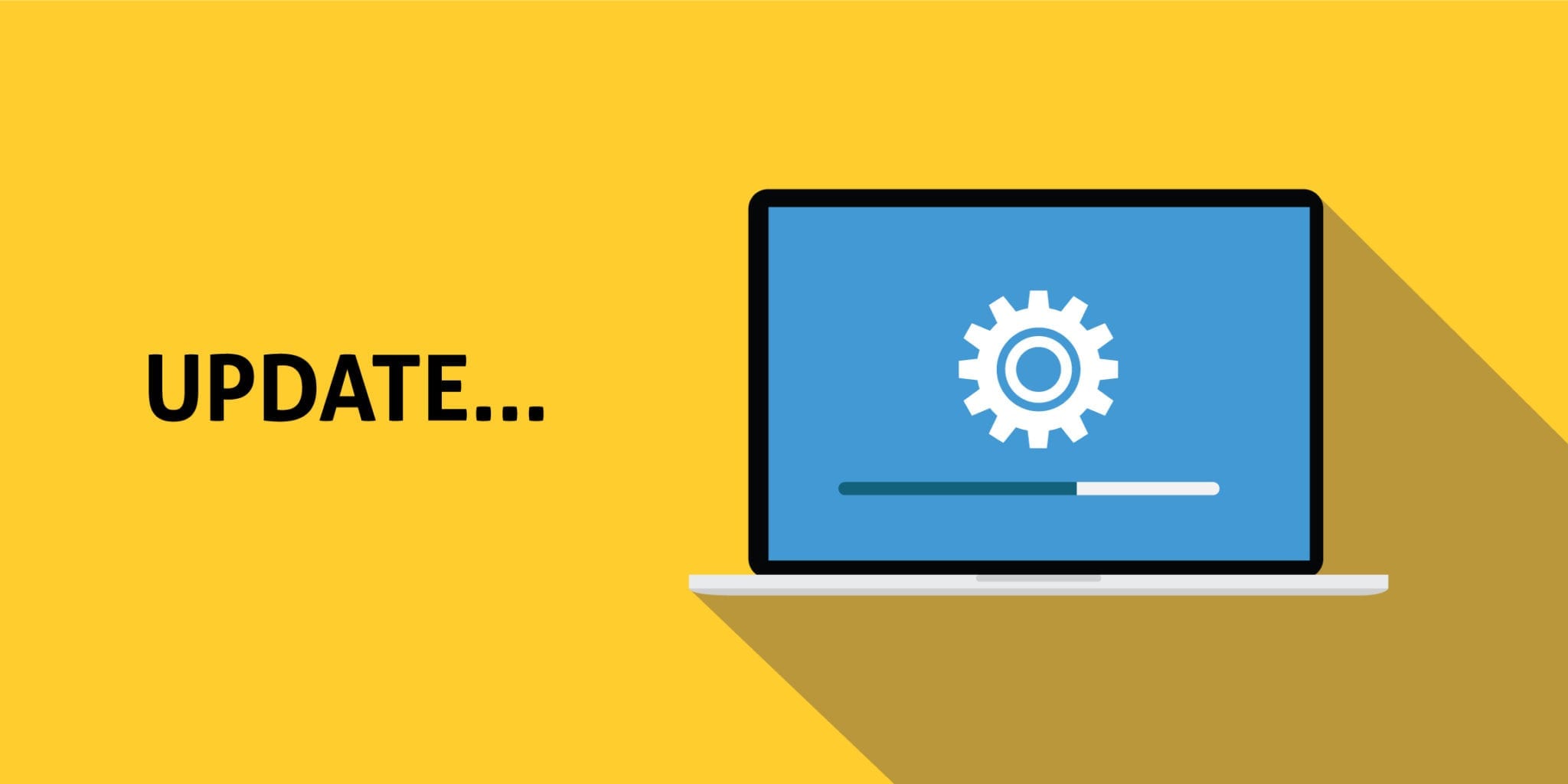
Python Vulnerabilities: Understanding the Risks and Consequences
The Python programming language has recently been affected by multiple vulnerabilities, which can lead to code execution and denial-of-service (DoS) attacks. These vulnerabilities affect various operating systems, including MacOS X and Windows, as well as several products, including IBM AIX, IBM VIOS, Debian Linux, Amazon Linux 2, SUSE Linux, Gentoo Linux, EMC Avamar, Open Source Python, and Dell NetWorker.
Python logo
The Common Vulnerability Scoring System (CVSS) has assessed the risk level of these vulnerabilities as “medium,” with a base score of 7.8. This means that the vulnerabilities can be exploited remotely, but the complexity of the attack is high, and the privileges required are low.
To mitigate these risks, users of affected systems should keep their systems up-to-date and apply security patches as soon as they become available. Manufacturers are required to fix security holes rapidly by creating patches or workarounds.
General Steps for Coping with IT Vulnerabilities
When security holes are identified, manufacturers are required to fix them rapidly by creating patches or workarounds. Users of affected systems should keep their systems up-to-date and apply security patches as soon as they become available.
 Security patch
Security patch
For more information, see the resources listed below.
Manufacturer Information about Updates, Patches, and Workarounds
Here, you can find links to information about bug reports, security fixes, and workarounds.
 Security update
Security update
By understanding the risks and consequences of these Python vulnerabilities, users can take proactive steps to protect their systems and data.















